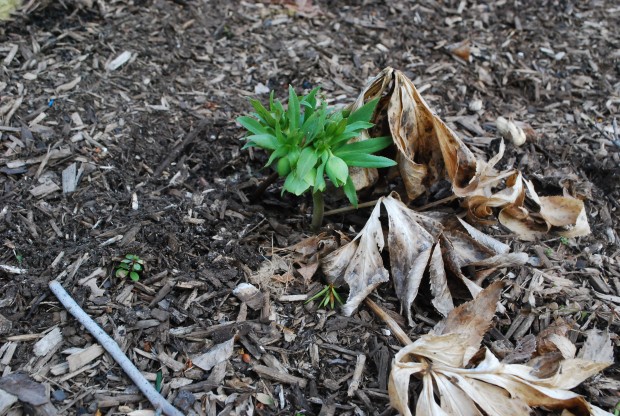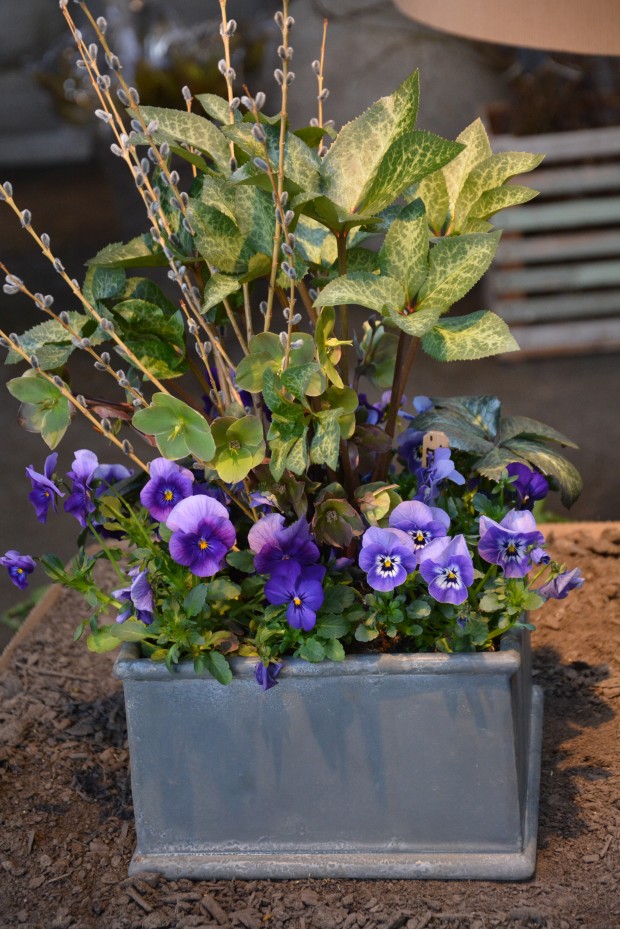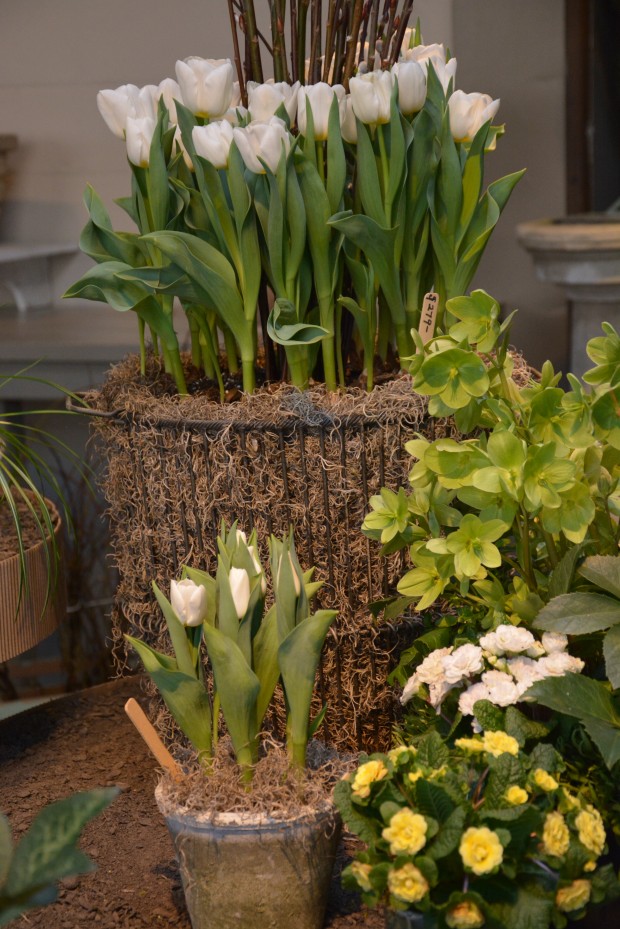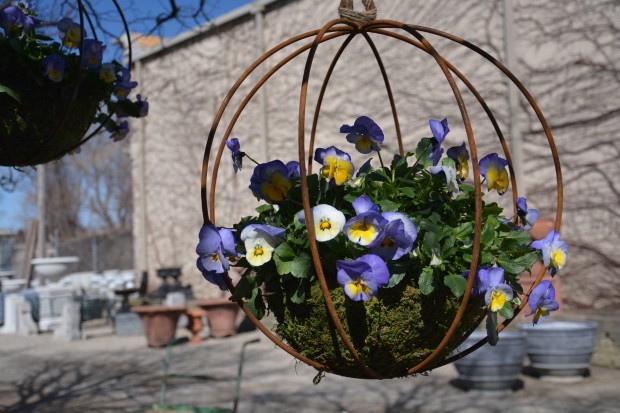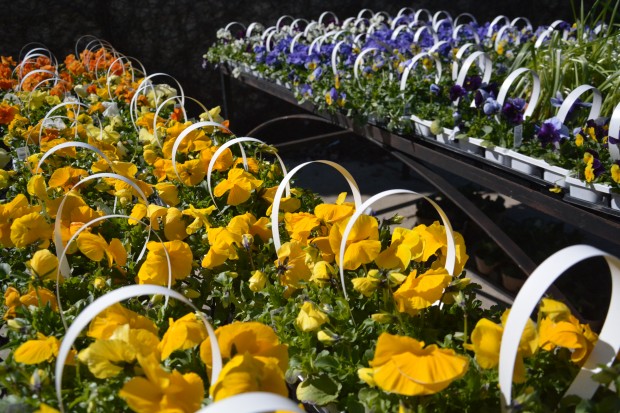 Eric Hofley, owner and publisher of Michigan Gardener Magazine along with his brother, Jonathon, published a rather lengthy article of mine about designing summer containers. The article just came out a week ago in their May issue. If you are local to Detroit Garden Works, you are welcome to come in and pick up a copy-it is, and has always been free. The magazine covers everything of interest of gardeners in our state. You can check out the website for their their publication here: The Michigan Gardener Detroit Garden Works has advertised with them since they first began publishing, 19 years ago. We value that relationship. Jonathon and Eric handle all of our print advertising their media company, Motor City Publishing. For those of you who are too far away to pick up a copy of their magazine, I have reprinted the article below. Our weather has taken a sharp turn towards the warm. If the suddenly warm weather is getting you to think about your summer containers, there might be something here of value to you.
Eric Hofley, owner and publisher of Michigan Gardener Magazine along with his brother, Jonathon, published a rather lengthy article of mine about designing summer containers. The article just came out a week ago in their May issue. If you are local to Detroit Garden Works, you are welcome to come in and pick up a copy-it is, and has always been free. The magazine covers everything of interest of gardeners in our state. You can check out the website for their their publication here: The Michigan Gardener Detroit Garden Works has advertised with them since they first began publishing, 19 years ago. We value that relationship. Jonathon and Eric handle all of our print advertising their media company, Motor City Publishing. For those of you who are too far away to pick up a copy of their magazine, I have reprinted the article below. Our weather has taken a sharp turn towards the warm. If the suddenly warm weather is getting you to think about your summer containers, there might be something here of value to you.
I have been a landscape and garden designer for over thirty years. The prospect of a new project still has the power to interest and enchant – for this I am grateful. Landscape installations which have grown in and been well maintained are a great source of satisfaction. Of special interest to me in any landscape design is the unique role played by the seasonal planting of containers. No news here, should you be familiar with Detroit Garden Works. Nineteen years ago, Rob Yedinak and I opened a retail store dedicated to fine quality ornament for the garden. The lion’s share of our focus is on containers of every conceivable period and style. Why so? Any one who loves the garden loves the beauty of nature. A summer container is the best of both worlds. A container of a certain style, and a planting of the moment, to go with. An empty container represents the opportunity to create an arrangement of plants all one’s own choosing. Designing and creating a seasonal living vignette in a container is not only fun, it is satisfying. A container is a vehicle by which a gardener can make a very personal statement about nature and beauty. The results can be seen and enjoyed in the space of one season. Given the almost limitless number of plants that can thrive in a container planted for the summer season, it would take several gardening lifetimes to even make a dent in the possibilities. That summer annuals grow and mature in but a few short months is a relief. One can abandon a scheme that disappointed, or try something new for the sheer joy of trying something new. A well maintained container planting of interesting design has the potential to create a landscape all of it’s own- in miniature. It is a visual look book of what is on a gardener’s mind at that particular moment. My container choices over the years represent the evolution of my taste in plants, and arranging plants. A thoughtfully designed container is an experience of the landscape on a small and intense scale. Planting summer containers is way of exploring plant relationships that can inform the bigger garden and landscape in a small time and space frame. A landscape is a long term commitment, requiring decisions that are not so easily changed. A well designed and mature landscape is a treasure. A collection of containers set within that landscape keeps the garden dialogue fresh and interesting. Planting containers is not just an exercise, it is an education that is ongoing, and can span many years. The ability to plant and care for containers can persist long after the ability to cut beds, turn soil and plant trees has waned. To follow are my thoughts and opinions about the ingredients necessary for a great summer container.
THE POTS
Strictly speaking, any object that can hold soil and permit water to drain away constitutes a pot. But a beautiful container planting is as much about the container as it is about the plants. A container planting that considers the size, shape and decoration of the container as part of the overall effect is especially beautiful to my eye. A container represents the gardener’s point of view as much as the plants they choose. If a cottage garden, and the notion of farm to table enchants you, then perhaps a collection of vintage galvanized metal containers will help to make that idea visually stronger. If the architecture of your home is crisp, clean and contemporary, pots of that ilk will satisfy you. If a whiff of history is your idea of a great fragrance, then an antique or antique reproduction urn will serve your point of view well. If a planting that flows over the edges of the pot all the way to the ground represents your style, then go for containers on pedestals. I would advise purchasing containers that you truly like, as your love for the container will inspire what you fill it with. Choose containers that are properly proportioned to their placement. Pots on the front porch need to be large, so the planting can be seen and enjoyed from the sidewalk. Pots on a terrace should be scaled to put both the pot and the planting at eye level, when you are seated. Terraces are for sitting, relaxing, and having dinner. Some terrace pots should be tall, and their contents taller – with the idea of screening an untoward view, or providing privacy. A container on the dining table needs to be low and wide to permit conversation across the table. I recommend containers with big planting spaces. Big containers give me the opportunity to explore the relationships of color, texture, mass, line and shape-in a detailed way. I like lots of room, so I can put together an entire collection of summer annuals that might grow up together, interact, and shine. Big containers mean a big soil mass, which will hold moisture in the heat of the summer. A big pot will forgive you if you are late to water is a pot worth having. Knowing the time you will put to the maintenance of your containers should inform your choice of plants-and pots. Great pots with a design or material that pleases you sets the stage for all that is yet to come. If you are in the decision making stage about containers and where to put them, an initial purchase of fiber pots or burlap pots is a great way to test your ideas without great expense. However, my experience is that a great container will encourage a great planting.
 THE SOIL
THE SOIL
I have no use for peat based artificial soil mix for container plantings. Soil mixes were designed and manufactured for growers. These mixes are lightweight, and sterile. They need a growers hand to provide regular fertilization. I like soil -as in garden dirt. Soil, sand and compost- dirt that weighs a lot. A topsoil mix in your containers will retain water more evenly, and provide micronutrients whose composition is essential to the health of your plants. This is just my opinion, based on may years planting containers. If the thought of hauling around 40 pound bags of topsoil leaves you cold, be encouraged by the fact that 2/3’s of your container should be drainage material. If you have ever pulled a cleome from a pot at the end of the season, the roots of that 6 foot tall plant are barely 8 inches long. Too much soil in a pot can leave that soil waterlogged. Seasonal plants need no more than 10 inches of dirt. Annual plants like regular water, but they like good drainage even better. At the bottom of your container? Hardwood bark is great, for a single season. We use bagged cedar bark mulch. Gravel is a long term drainage material. I have planted many a container with the plastic left over from cell packs of plants. However you arrange for drainage-the fact of the drainage is key. 3/4 drainage, and 1/4 soil. No kidding. Into the soil, we turn under a handful of osmocote. This time release fertilizer which breaks down in reaction to the soil temperature will feed your pots until the heat of late summer releases the last of it. Container plants that need fertilizer will tell you. The leaves may have gone pale, or yellow, or the growth spindly. We feed with liquid feed every 10 days in late summer and fall-every gardener has their favorite. Some plants favor poorish and infertile soil. Having an idea of what plants you plan to use can inform your choice of a soil mix.
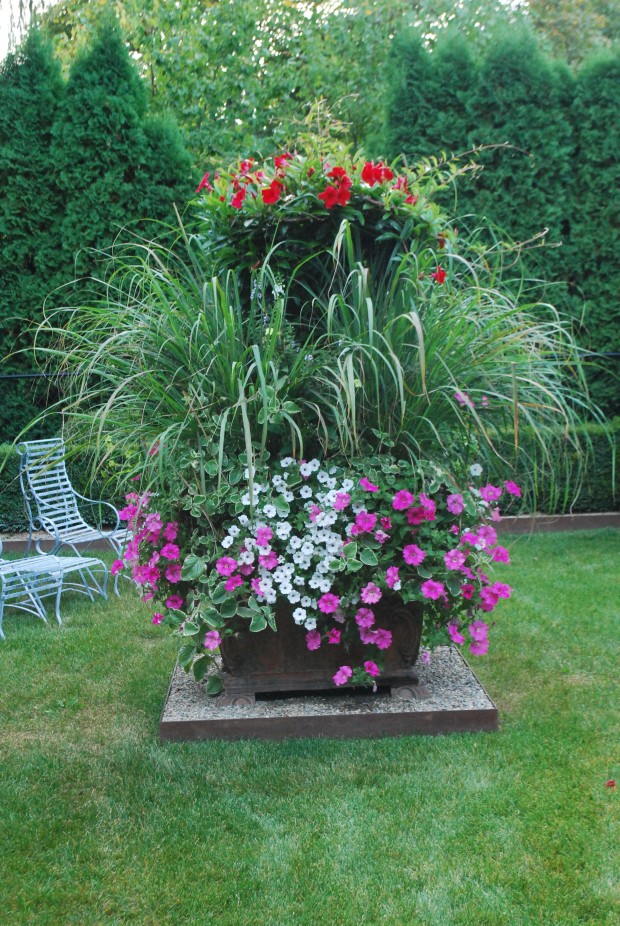 CONTAINER DESIGN
CONTAINER DESIGN
Designing summer containers is a big topic. There are so many factors which influence success. Containers are planted with a collection of small plants all about the same size, whether they be transplanted from a cell pack, a six pack, or a 4” pot. But that uniformity of size is just the beginning. Some annual plants will always be short, or cascading. Other may grow to a medium, or very tall height. Some are wide, and boss all the plants next to them around. Others are shrinking violets, and need their own air and light space. Think about how each of your plant selections will behave, once they take root and start growing. A successful relationship is key. The test of the design comes when a container planting matures. The overall shape of the planting, and the mature relationships established by the plants are very important design factors. One can never know to a certainty how plants will react in a given situation. This means the best way to create great containers is to plant lots of them, and keep planting. Another method is to benefit from the experience of others. Look at lots of pictures of container plantings, and figure out what about them appeals to you. The experience can only make you better.
STYLE
Containers can be planted in a variety of styles. Contemporary container plantings may feature a single plant, color, or texture. Pots with a very restricted or austere plant palette have a contemporary or modern feel. That said, a small pot planted solidly with Dahlberg daisies can be quite cottagy, in a very cheery way. Yellow daisies have a certain look that will persist no matter how they are planted. Very formal plantings can be equally austere. I think there is little visual difference between a contemporary and a formal planting. The feeling established by the environment around that container will influence how the style is interpreted. Big containers gone wild and exuberantly overflowing have that English garden look. An urn with a single agave has a very Mediterranean look. A galvanized pail planted with weedy growing annuals is what I call the roadside weed look. Rob is particularly fond of this style. Containers planted symmetrically, and layered by height have a semi-formal and traditional look-as in the spike and geranium pots so beloved by my grandmother. A pot with geraniums in the center, and spikes all around the outside has an entirely different look. Asymmetrically planted pots have a very dynamic and informal look.
COLOR
How people see and react to color is a highly personal thing. There are many more colors in nature than what we have words to describe. I am very interested in the relationship of one color to another, and many of my containers reflect this. Every flower comes with leaves that also have a color. Some greens are cool and bluish. Others are warm and yellowish. Other foliage can be red, black, gray or white. Pale colors read great at a distance, and at night. Dark colors read well up close, and glow in the sun. White is sparkly and refreshing in the shade, but can provoke squinting in full sun. Put your plants all together in your shopping cart before you plant them in your pots.
TEXTURE, MASS, SHAPE, AND LINE
Flowers and leaves have a particular quality to their surface. Petunias and nicotiana leaves are fuzzy, whereas ornamental black cotton leaves are shiny and hard surfaced. Contrasting the textures of plants creates interesting relationships. Sometimes the relationship of one to another is more interesting that either one, on its own. Phormiums are thin and spiky. Dahlias are buily and stiff. Licorice is lax growing, hairy, and small leaved. Weaving in and out of a plectranthus planted near by is a relationship of great visual interest. By the same token, white mandevillea planted as a trailer rather than a climber features the line it would take naturally, without the benefit of a trellis. Plants have personalities particular to them and no other plant. Assessing what about a plant pleases you the most will help you make good design decisions.
THE PLANTS
One need not restrict their plant choices to summer annuals that are native to tropical zones. Boxwood are handsome in pots, and some gardeners will have nothing else. Perennials, grasses, herbs, vegetables, small trees, shrubs and groundcovers can be very effective in pots. Hostas in pots can be successfully wintered over in their pots in an unheated garage. I have one client with a Japanese maple that has been in a weatherproof pot next to her garage for 20 years. We cut holes in a large second story deck for another client-her Princeton Gold maples were quite happy, the last I looked.
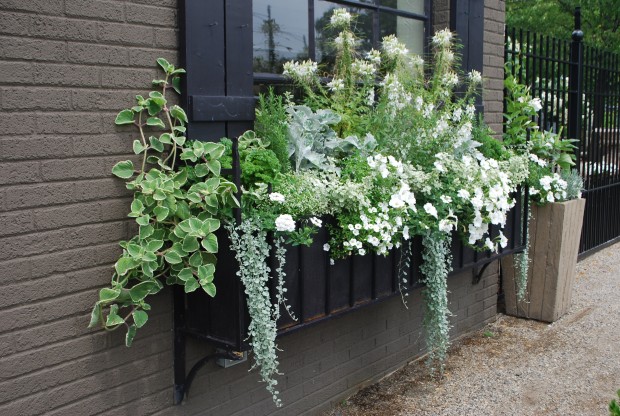 MAINTENANCE
MAINTENANCE
No discussion of summer annual plantings is complete without a discussion of the maintenance involved. Planting containers before the soil has warmed up is asking for trouble. Most of them originate in tropical places. Many of them can be permanently stunted by too early a planting. Try filling your containers with spring bulbs and plants, if you hate looking at empty pots. A container withered and dead from lack of water, or rotted from soil that did not drain is a dreary sight indeed. Worst of all, it may discourage a person from ever gardening in containers again. Plants coated in aphids are unappetizing, to say the least. So gardener, know yourself. If time is at a premium, select plants that thrive on drought and neglect. Consider adding irrigation lines to your containers, if you cannot look them over every day. If you are a heavy waterer, plant plants that like being drenched, or grow in a bog. Lotus and water lilies in pots are beautiful in containers. Auto irrigation is not perfect, but it can buy you a little time. Try a few containers before you try 100. See if having them will prove to be a pleasure, or a nuisance. Try plants that are vigorous-success with plants will help make you more adventuresome the next time around. If you lose a plant in a pot, replace it. There is no rule that says you need to look at a dead plant, or a gaping hole, the rest of the season. But most of all, enjoy them. From the design to the planting to the care to the finish, planting containers for the summer is such a pleasure.

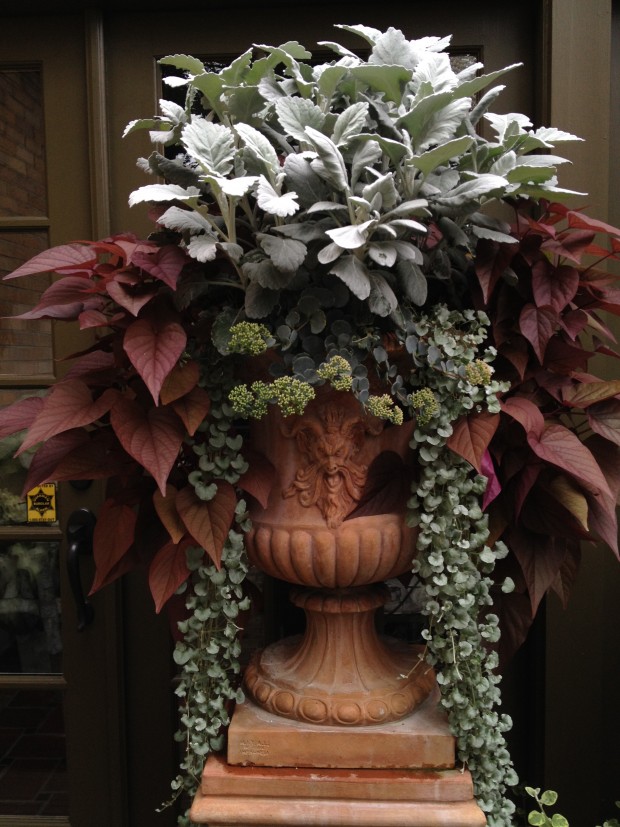
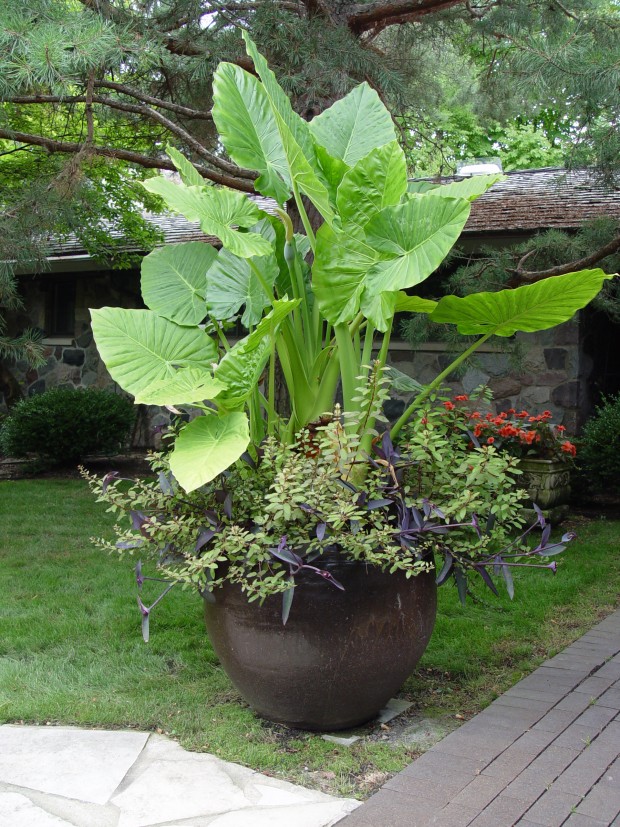

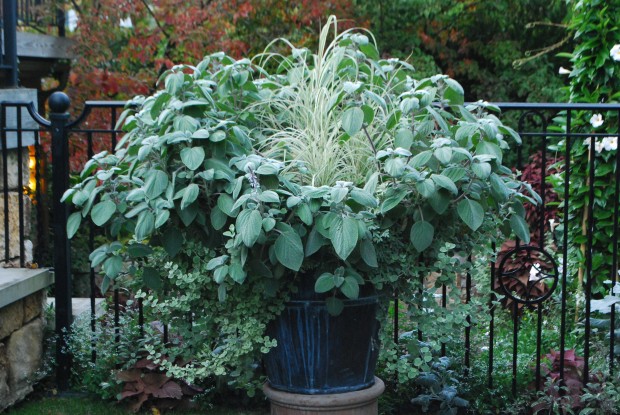

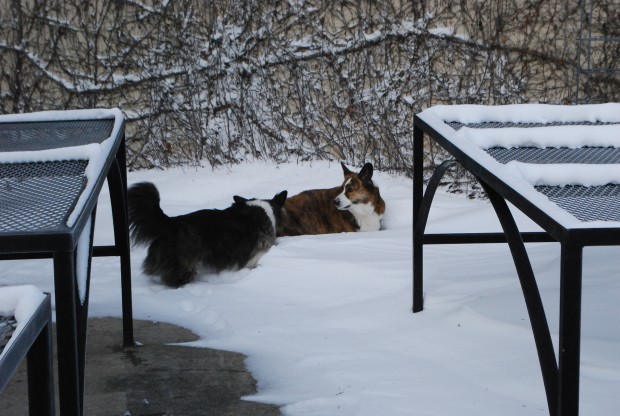
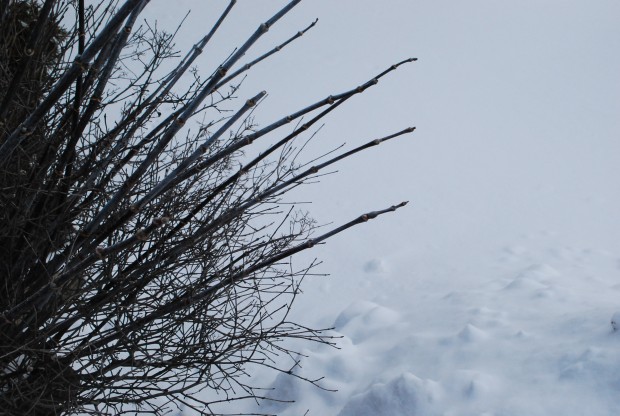
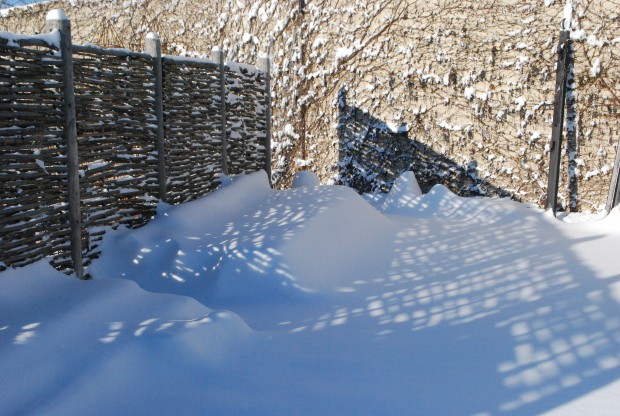
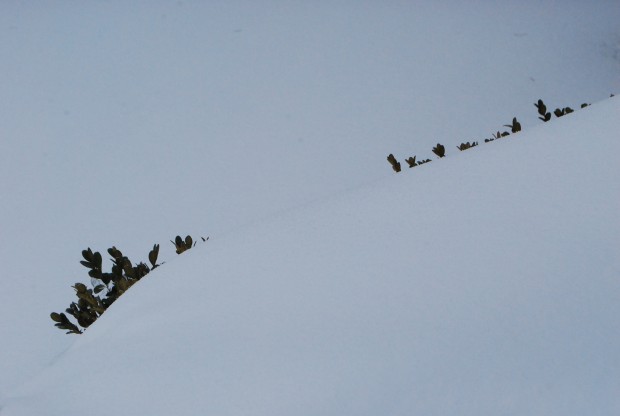
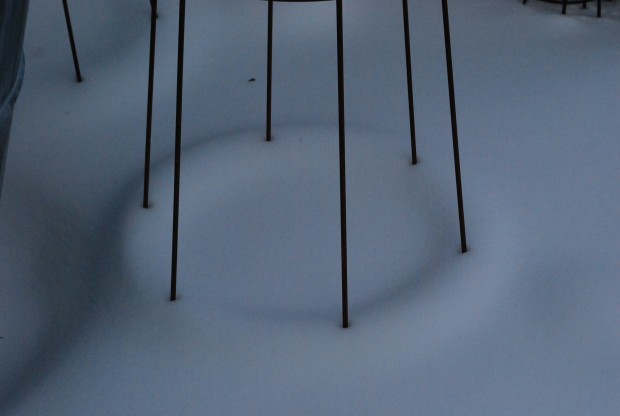
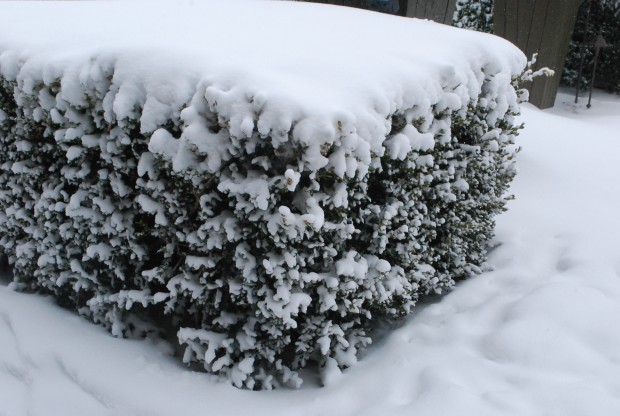
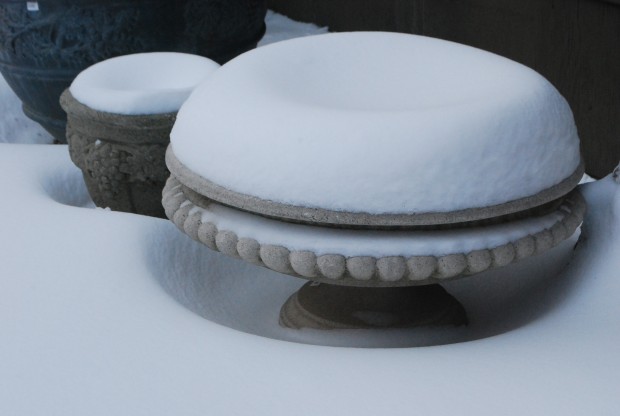
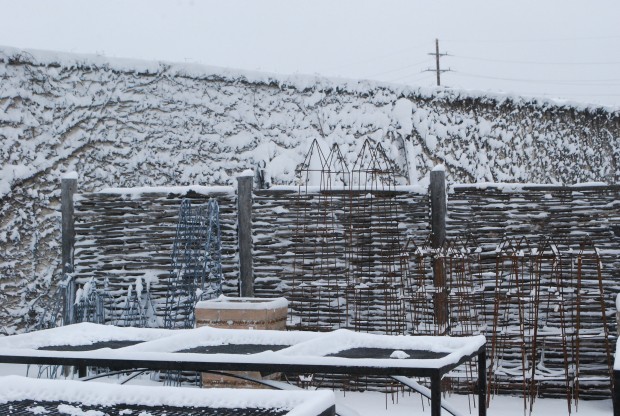



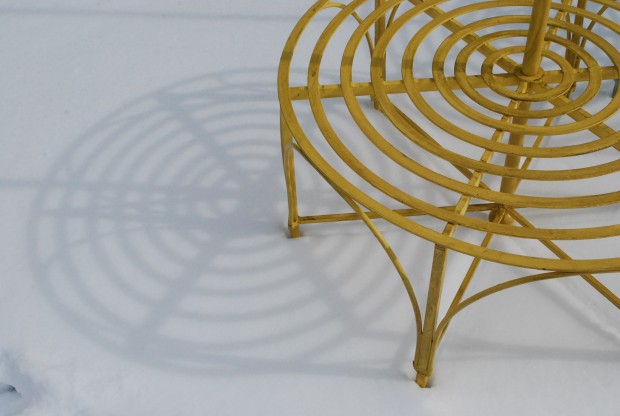




 Much of what I love about landscape design has to do with the notion of second chances. I have an idea. I put it to paper. I do the work of installing it. Then I wait for an answer back. This is the most important part of my work-to be receptive to hearing what gets spoken back. The speeches come from everywhere-the design that could be better here and more finished there. The client, for whom something is not working well, chimes in. The weather, the placement and planting final exam test my knowledge and skill. The land whose form is beautiful but whose drainage is heinous teaches me a thing or two about good structure. The singing comes from everywhere. I make changes, and then more changes. I wait for this to grow in and that to mature. I stake up the arborvitae hedge gone over with ice, and know it will be two years or more-the recovery. I might take this out, or move it elsewhere. That evolution seems to have a clearly defined beginnings, and no end.
Much of what I love about landscape design has to do with the notion of second chances. I have an idea. I put it to paper. I do the work of installing it. Then I wait for an answer back. This is the most important part of my work-to be receptive to hearing what gets spoken back. The speeches come from everywhere-the design that could be better here and more finished there. The client, for whom something is not working well, chimes in. The weather, the placement and planting final exam test my knowledge and skill. The land whose form is beautiful but whose drainage is heinous teaches me a thing or two about good structure. The singing comes from everywhere. I make changes, and then more changes. I wait for this to grow in and that to mature. I stake up the arborvitae hedge gone over with ice, and know it will be two years or more-the recovery. I might take this out, or move it elsewhere. That evolution seems to have a clearly defined beginnings, and no end.